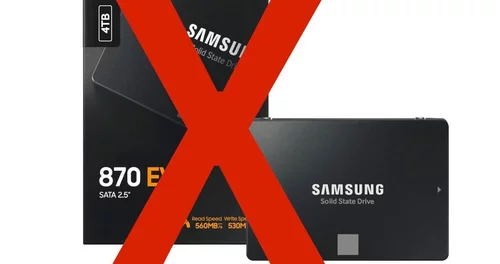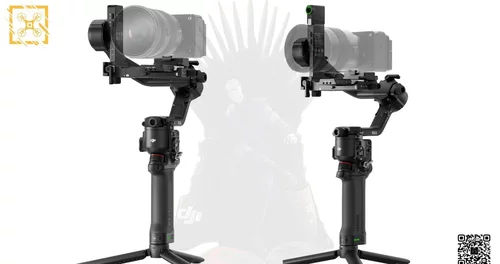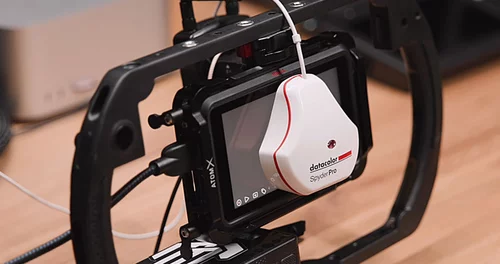Frage von Frank Glencairn:Bin da eben bei Heise drüber gestolpert, quasi sowas wie die Beschleunigerkarte in der neuen Käsereibe.
Ich bin zwar noch nicht überzeugt, daß man sowas in einem modernen Rechner überhaupt noch braucht, aber wer's haben will...
Various flavors of video and audio encoders, decoders and transcoders can be found through the broadcast and Pro AV delivery chain from acquisition to display. Depending on the application, different codec parameters are more important than others. For example, in distribution encoding, video quality is king, whilst in wireless camcorders, latency is key. Generally codec developers for all applications will need to make trade-offs between power consumption and heat, cost, form factor, video quality, latency and channel density. Regardless of whether this is a codec at the output of a camera, or in a software-based codec accelerator in a private cloud, programmable platforms are really the only way to do this effectively in the professional market.
With the ability to integrate a variety of interface standards alongside various video and audio codecs, and provide a platform for the developer’s differentiation based on those trade-offs, Xilinx FPGAs and SoCs are the ideal solution. Furthermore, the Zynq® UltraScale+™ MPSoC has integrated features such as an H.265/H.264 4K Video Codec along with enhanced graphics capabilities, providing further benefits for next generation encoder and decoder requirements.
https://www.xilinx.com/applications/bro ... coder.html
https://www.heise.de/newsticker/meldung ... 89678.html
Antwort von motiongroup:
aber sicher rechnet sich das besonders bei dem vertrackten h265.10bit high tier profile
das hatte sich damals schon bei den elgatos turbo usb h264 beschleunigern gerechnet..
https://m.youtube.com/watch?v=MLVSnTgdRjk








